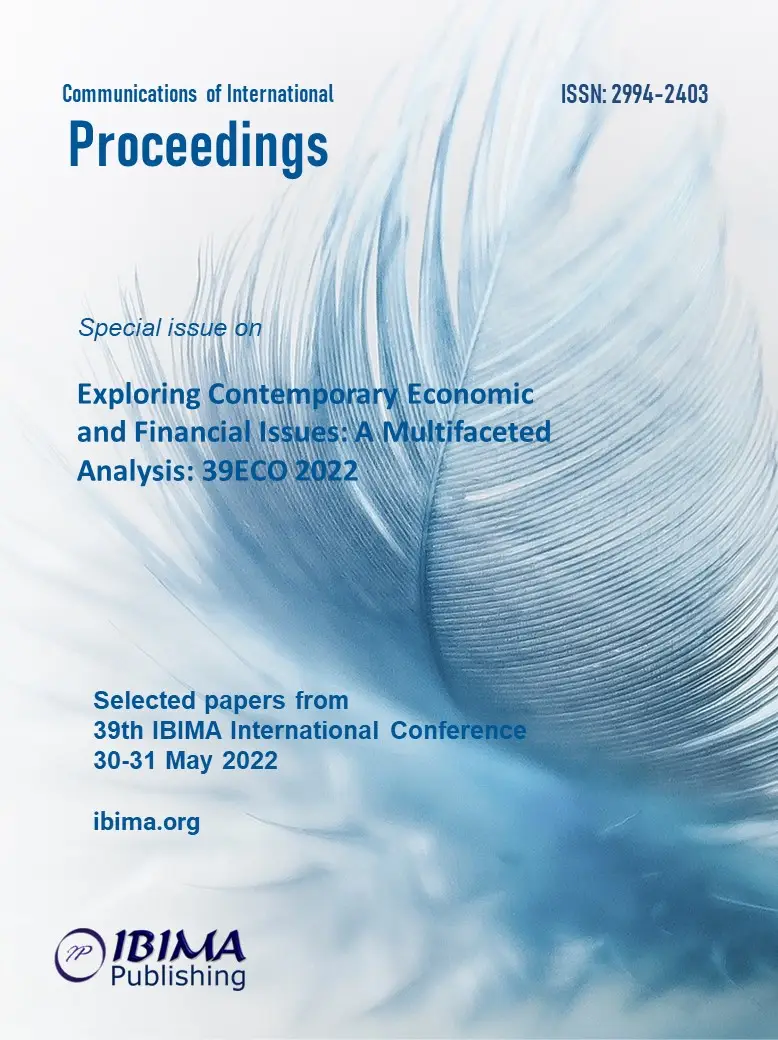
Jurica BOSNA
University of Zadar, Department of Economics, Zadar, Croatia

The paper examines the degree of connection and the impact of negative demographic trends on the movement of unemployment rates in Central and Southeast Europe (CSEE countries) through correlation and regression analysis. The variable number of working population (15-64) as % of population was taken as an indicator of negative demographic trends. Negative demographic trends have a significant impact on the movement of unemployment rates for most of the observed CSEE countries (Czech, Hungary, Bulgaria and Romania), as indicated by statistically significant coefficients of correlation and regression analysis. Additional confirmation of the strength of the relationship of the observed variables are the high coefficients of determination. Effective demographic policies need to be established and implemented to prevent negative demographic trends in the future. Due to the declining number of working population, it will also be necessary to increase the labour force participation rate through active labour market measures. This is especially true for those who are long-term unemployed. It would increase the supply of labour that will meet the demand for the necessary professionals. The results of the research indicate the need to include demographic factors when studying the determinants of unemployment in European countries, given that all countries face negative demographic trends that can have a significant impact on reducing the unemployment rate.